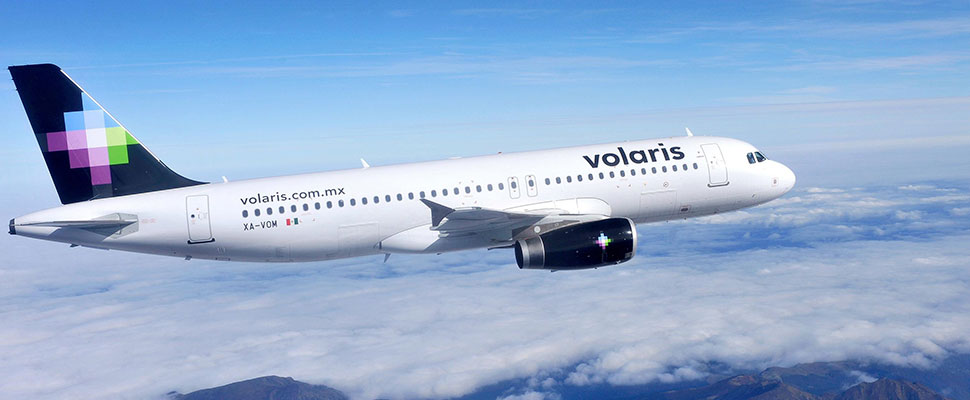Will the low-cost airlines in Latin America finally take off?
Due to the absence of low cost airlines, flying in Latin America had always been too expensive, but now this could change

Leer en español: ¿Por fin despegarán las aerolíneas de bajo costo de Latinoamérica?
From an underdeveloped airport infrastructure to a high tax rate, there are many reasons why airline ticket prices are so high in Latin America. The lack of competition was one of these reasons, but with the arrival of several low-cost airlines to the region, prices could finally tend to fall.
It's no exaggeration, flying 1,000 kilometers in Latin America can cost almost six times more than it costs in Europe.
The distance from London to Berlin and between La Paz and Lima is precisely around this figure. However, while a flight between European capitals can cost 80 dollars (through RyanAir), the flight between the South American capitals costs 477 (through LatAm).
You may be interested: Do you know what you pay for when you buy an airplane ticket?
The difference is partly made by the airline, as RyanAir is a recognized low-cost airline. However, the same flight in British Airways is just 220 dollars, even less than half of what it costs to fly between La Paz and Lima.
An increase in competition
An important reason for this huge difference in prices has been the historical absence of low-cost airlines in the Latin American region, a reality that is already changing. This year the already varied repertoire of low-cost airlines includes the Argentinean Flybondi, the Dominican Flycana and the Canadian Swoop.
This can be added to the expansion of some existing ones, such as the Colombian Viva Air, which has just expanded to Peru under the name Viva Air Peru with 21 new destinations.
The arrival and expansion of all these airlines should not come as a surprise. The market for low cost flights is expanding and every day more travelers choose to fly in an airline of this court. In fact, the EFE agency reports that in Latin America, one out of every three tickets sold belongs to a low-cost airline, with prospects for greater growth as these airlines achieve greater penetration in the market.
In countries like Mexico, for example, low-cost airlines already dominate the domestic market, controlling 65.6% of it with the airline Volaris as a leader.
The sole competition of these airlines can benefit the consumer, as it can force the prices of conventional airlines also to fall to capture part of this market that now considers low cost airlines as their first choice.
There are obstacles to overcome
One of the main reasons why low-cost airlines can charge such low prices in Europe, Asia and the United States, is their use of secondary airports, which despite being frequently more inconvenient and far from the destination, charge airport rates a lot lower.
For this reason, RyanAir in London operates from Stansted Airport instead of the main one, Heathrow. Also, in Bangkok, the low-cost airline Air Asia operates from the Dong Mueang airport, instead of the main Suvarnabhumi.
For Latin America, having competent secondary airports would make the difference in terms of price, and would help seal the success of low-cost airlines in the region, finally bringing flights with better prices to the region.
LatinAmerican Post | Pedro Bernal
Translated from "¿Por fin despegarán las aerolíneas de bajo costo de Latinoamérica?"





